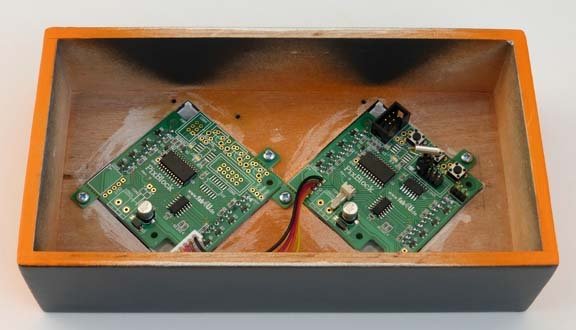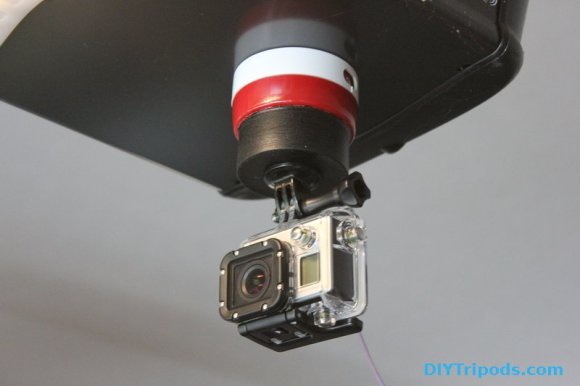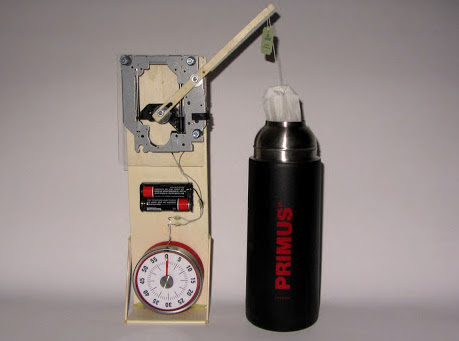The traditional sand timer, known colloquially as an egg timer, served its purpose well over the centuries since its development. However, [MakerPaul] realised it had some significant flaws that were ruining Pictionary, and set out to fix the problem.
If you’re not looking directly at an egg timer, it’s easy to miss the moment when the timer runs out. Resetting the timer before it runs out also requires waiting for the sand to filter to one side. Clearly the world needs a better mousetrap.
The tipping timer from [MakerPaul] solves both those issues. In this design, sand flows down into an offset area, which tips the device over when reaching a certain time limit. Additionally, turning the device upside down and then rotating it instantly reloads the sand, meaning the timer can be reused immediately.
[MakerPaul] first came up with the idea about 20 years ago, refining it during the recent lockdowns. The design files are freely available for anyone that wishes to build one. [MakerPaul] isn’t commercializing the idea, but mentions that it would be great if anyone using it makes a donation to the Mind mental health charity.
Most timers we feature are electronic and digital, but it’s easy to appreciate the elegance of what [MakerPaul] has achieved here. As a bonus, he documented the entire project and its application in under 90 seconds. How good is that? Video after the break.
Continue reading “Significantly Improved Egg Timer Makes Pictionary Better”



















